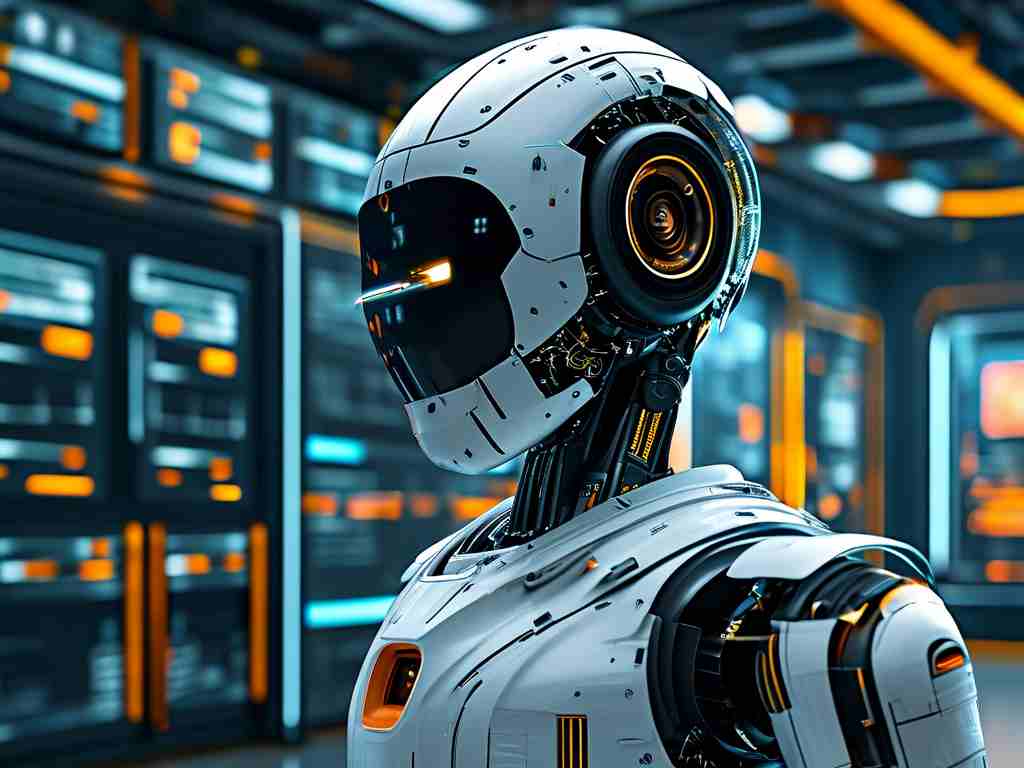The concept of a robot technology blueprint represents a comprehensive roadmap for designing and deploying intelligent machines that transform industries and daily life. At its core, this blueprint outlines the integration of hardware, software, and artificial intelligence to create systems capable of autonomous decision-making and interaction. Historically, robotics began with simple mechanical devices in the early 20th century, such as industrial arms in factories, but the modern blueprint has evolved dramatically with advances in computing power. Today, it encompasses sophisticated elements like sensors for environmental perception, actuators for movement, and machine learning algorithms that enable adaptability. Understanding this blueprint is crucial because it demystifies how robots learn from data, predict outcomes, and execute tasks with minimal human intervention, paving the way for innovations in sectors ranging from healthcare to manufacturing.

One key aspect of the robot technology blueprint is its layered architecture, which starts with the physical components. Hardware forms the foundation, including durable materials for chassis and limbs, coupled with precision motors and cameras that mimic human senses. For instance, in autonomous vehicles, lidar sensors map surroundings in real-time, while in surgical robots, haptic feedback systems allow delicate maneuvers. Moving to the software layer, this involves programming languages and frameworks that process inputs and generate responses. A simple Python code snippet illustrates this:
import rospy
from sensor_msgs.msg import LaserScan
def callback(data):
distances = data.ranges
if min(distances) < 0.5: # Avoid obstacles if too close
rospy.loginfo("Obstacle detected! Adjusting path.")
else:
rospy.loginfo("Path clear. Proceeding.")
rospy.init_node('robot_navigation')
rospy.Subscriber('/scan', LaserScan, callback)
rospy.spin()
This code demonstrates basic obstacle avoidance using ROS (Robot Operating System), a common tool in robotics development. Beyond code, the blueprint incorporates AI modules for learning and optimization, such as neural networks that improve efficiency over time through trial and error. This integration ensures robots can handle unpredictable scenarios, like navigating crowded spaces or diagnosing medical conditions, by constantly refining their models based on new data. The evolution of this blueprint has been accelerated by open-source communities and cloud computing, making advanced robotics accessible to startups and researchers alike.
Looking ahead, the future of the robot technology blueprint focuses on enhancing collaboration between humans and machines. Current trends emphasize cobots (collaborative robots) that work alongside people safely, using intuitive interfaces like voice commands or gestures. For example, in warehouses, cobots equipped with vision systems assist with sorting packages, reducing errors and injuries. Additionally, the blueprint is shifting towards edge computing, where processing occurs locally on the robot to minimize latency and improve responsiveness in critical applications like disaster response. Quantum computing could further revolutionize this field by enabling complex simulations for design optimization, potentially cutting development time from years to months. However, this progress brings challenges, including ethical dilemmas around job displacement and data privacy, as well as technical hurdles in ensuring cybersecurity for interconnected systems. Addressing these requires global standards and interdisciplinary efforts.
In practical applications, the robot technology blueprint drives transformative changes across multiple domains. In healthcare, robotic surgeons guided by AI blueprints perform minimally invasive procedures with higher precision than humans, leading to faster recoveries. Industrial automation leverages this blueprint for predictive maintenance, where robots monitor equipment and preempt failures, boosting productivity. Even in everyday life, service robots like vacuum cleaners or companions for the elderly embody this design philosophy, learning user preferences through continuous interaction. To make this accessible, educational initiatives are essential, teaching the next generation to build and innovate with these tools. Ultimately, unveiling this blueprint empowers society to harness robotics responsibly, fostering a future where technology enhances human capabilities rather than replacing them, while navigating risks through thoughtful innovation and policy.

